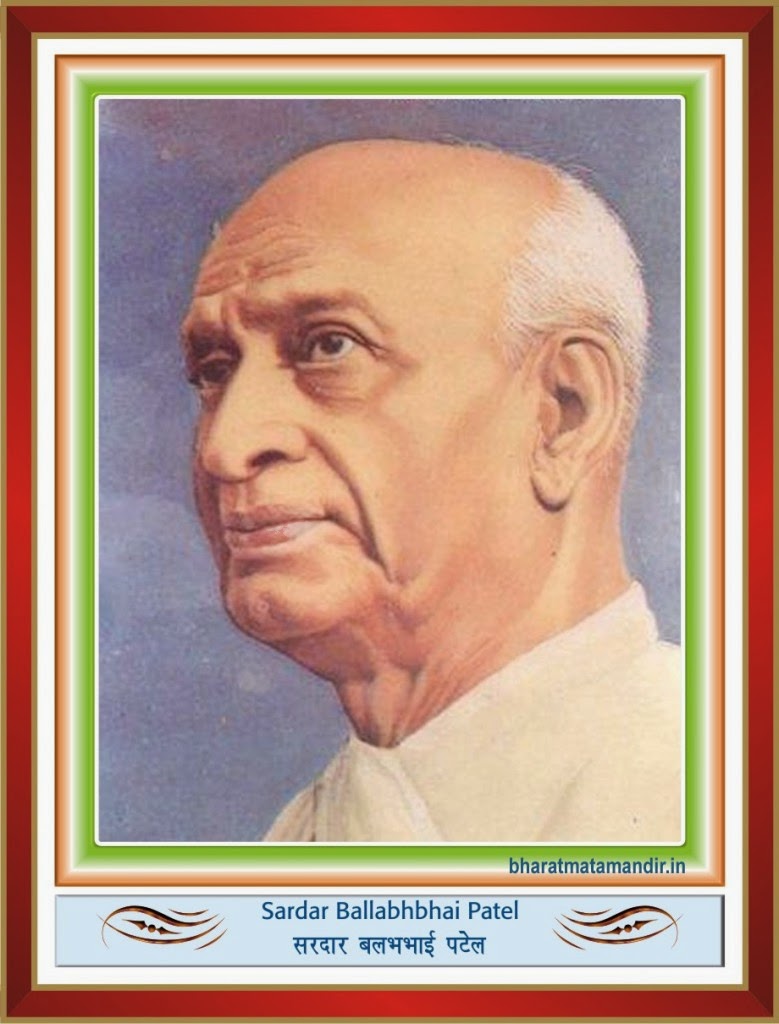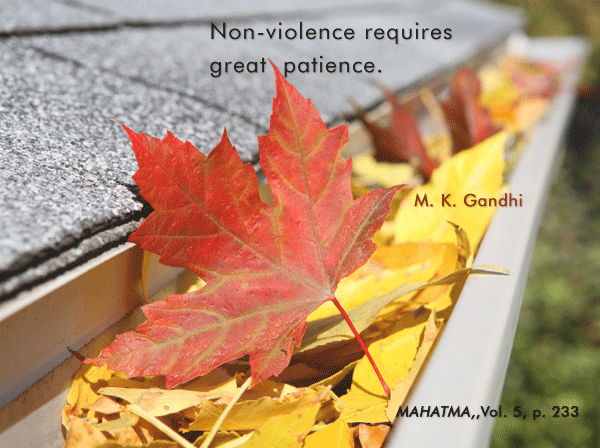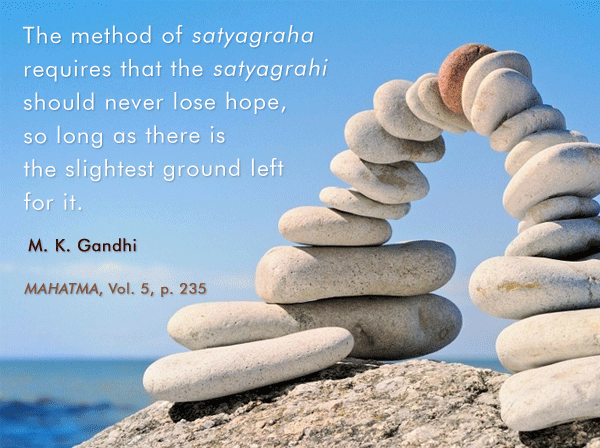Resurgent Culture -Discourse: 2-4: Swami Krishnananda.
==============================================================
Friday, 08 Sep 2023. 05:30.
Philosophy :
Appendix 2: The Educational Process in India -4.
==============================================================
It is necessary to write a small textbook on the constitution of man in the Universe in such a simple way that it could be understood even by children of a primary school. It may begin with simple questions and answers, stories and even small plays which can be enacted on the stage. The book should contain information on the structure of the human personality in relation to outer Creation in a readable and intelligible manner. It should also deal with the fundamentals of human conduct on the basis of this relation of man to Creation. Not only this; some knowledge should be provided of the aim of such conduct on the part of human beings. These things should be said without saying things like philosophy, ethics, teleology and such phrases which are the jargons of the schools of thought. No stereotyped phrases or technical terms should ever be used in such a book. In fact, these should be avoided, because now one is concerned with the primary standard of education where technicality of any kind is to be carefully set aside. The lessons may abound in apt stories and simple plays intelligible to beginners. This may form the background of a preliminary booklet on the fundamentals of life.
There should be three or four textbooks in a graded series of this nature, suitable to the primary, elementary, high school and college standards of education. The books should be written in such a way that students should be able to take interest in the subjects and cherish a faith that they are going to be benefited by the study. The high school and college levels should gradually introduce advanced learning.
In the textbooks for higher classes, which will outgrow the elementary teachings, stories, etc. of the early stages, the student may be introduced to the great heritage of India in the form of its deep culture. The spiritual-cum-temporal import of the hymns of the Vedas, such as the Purusha-Sukta, the Mandukya-Upanishad, the conversation between Yajnavalkya and Maitreyi in the Brihadaranyaka-Upanishad, the suggestiveness of the Creation theories of revelation like the Aitareya-Upanishad, the epics of the Ramayana and the Mahabharata and the basic gospel of the Bhagavadgita should find a proper place in the higher stages of education. An acquaintance of the student with the immortal heroes of India, like Rama and Krishna; sages like Nara-Narayana, Vasishtha, Vysa, Suka, Dattatreya, Jadabharata, Vamadeva, Uddalaka, Yajnavalkya, Parasara, etc; India's great rulers like Prithu, Marutta, Ambarisha, Mandhata, Sibi, Harischandra, Dilipa, Bhagiratha, Raghu, Aja, Dasaratha, Janaka, Rama, Yayati, Bharata, Yudhishthira, Vikramaditya, Asoka and the like, is essential at a particular stage. Short life sketches of teachers like Sankara, Ramanuja and Madhva, and saints like Gauranga, Nanak, Tukaram, Jnanesvar, Mirabai, Surdas, Tulasidas, Kabirdas, Purandaradas, etc., should be provided in suitable places. The contributions to India's cultural revival by Swami Vivekananda, Swami Ramatirtha, Swami Dayananda, Swami Sivananda, Annie Besant, Rabindranath Tagore, Aurobindo and Dr. S. Radhakrishnan should be brought home to the minds of students, particularly in the college level. To give a broader vision of culture in general and to point out the unity underlying human aspirations, a separate section may be devoted to the lives and teachings of Buddha, Mahavira, Christ, Mohammed, the Sufi saints and the Sikh Gurus.
Teachers should, at the background of their minds, keep behind education the fourfold aim of human existence—Righteousness in all its stages and forms (Dharma), economic independence (Artha), emotional satisfaction (Kama) and spiritual realisation (Moksha), as the principal incentive to all human activity. This view-point should be constantly maintained at the teaching level, so that the purpose of education may not be missed on the way to the achievement of tangible results. It is also necessary to remember that without some standard of self-control (Yama-Niyama), which has to be properly defined at any given situation, the curriculum of studies is not going to be flawless. This is a rule to be observed both by the teacher and the taught. The educational career is a holy pursuit. Its sacredness should never be profaned by indulgences of the subhuman urges. The intellectual, volitional, emotional and active sides of human nature should all receive adequate attention. No one side should be stressed at the expense of the others. Else, there is likely to be a revolt of the neglected aspects at some later stage. The relation between the inner and the outer realities, the psychical nature of man and the physical and social nature of the world, should be harmoniously maintained at every stage of teaching. Let not the teacher think that the student is an instrument that can be operated merely by external pressure. This would be a gross blunder. For the student is a living being, a human individual, with outer desires and inner aspirations not yet properly articulated. Ignorance of this fact has led to the grievous condition of the present-day educational institutions. The individual (Vyashti) and the universal (Samashti) are organically related and not mechanically dovetailed.
*****
To be continued
================================================================










Comments